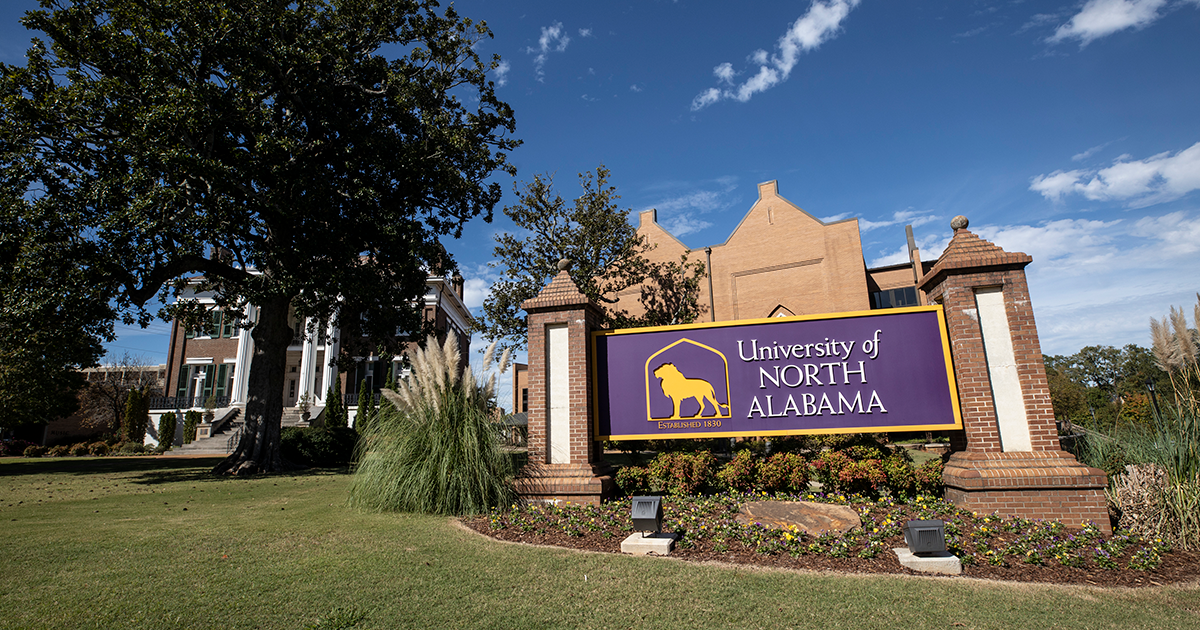
University Of North Alabama Planetarium Says Many Will Be Able To See Perseid Meteor Shower
Aug. 07, 2018
Michelle Eubanks, UNA, at media@una.edu, 256.765.4392 or 256.606.2033
By Bryan Rachal
University Communications
FLORENCE, Ala.- "The Earth will pass into the orbit of the comet Temple-Tuttle and we will see the annual Perseid meteor shower reach its peak," said Dr. Mel Blake, UNA associate professor for physics and astronomy and director of the UNA Planetarium.
You've heard of them before, meteor showers, but what exactly are they? According to Blake, meteor showers occur when Earth passes into the dust left behind by a comet.
"Comets are small icy objects that originate beyond the orbit of Neptune, "Blake said. "When they get close to the Sun, the gas and dust they are made of gets heated and their weak gravity cannot hold onto the material.
The result is a trail of dust particles left behind in the orbit of the comet. The Earth can pass into this dust and they tiny particles hit the Earth's atmosphere at high speed and burn up causing a flash of a meteor."
Blake said that on any given night, three or four meteors hit the atmosphere per hour. During a meteor shower, that number can jump to dozens and sometimes hundreds of meteors per hour. However, most like the Perseid, can only be seen under ideal conditions, which according to Blake, will take place Aug. 10 - 14.
"This year, experts are predicting a maximum 150 to 200 meteors per hour during the Perseid shower, with most observers seeing 60 - 70 meteors," he said.
Blake said the Moon will also be near new moon, so it should not affect observing the meteor shower, making this a good year to watch the Perseids.
Named for the constellation Perseus from which the meteors appear to originate, the constellation will be in the northeast direction of the sky. Blake said most people want to look directly at it, but that is actually not the best view.
"Instead, look in all directions since the meteors can hit the atmosphere anywhere in the sky," he said.
Blake said the shower will peak the evening of Aug. 12 and the morning of August 13,but the night before and after should still show meteors from the shower.
"The period after midnight is best," he said. "If the weather is poor, remember that the shower lasts several days before and after the peak, so you can go out a night or two before or after the peak and still see the shower."
For more information on the UNA Planetarium:https://www.una.edu/planetarium/
UNIVERSITY OF NORTH ALABAMA
The University of North Alabama is an accredited, comprehensive regional state university offering undergraduate and graduate degree programsthrough the colleges of Arts and Sciences, Business,Education and Human Sciences, and the Anderson College of Nursing and Health Professions.Occupying a 130-acre campus in a residential section of Florence, Alabama, UNA is located within a four-city area that also includes Tuscumbia, Sheffield and Muscle Shoals. UNA Athletics, a renownedcollegiate athletics program with seven (7) Division II National Championships, is now a proud member of the NCAA Division I's ASUN and Big South Conferences.The University of North Alabama is an equal opportunity institution and does not discriminate in the admission policy on the basis of race, color, sex, religion, disability, age or national origin.